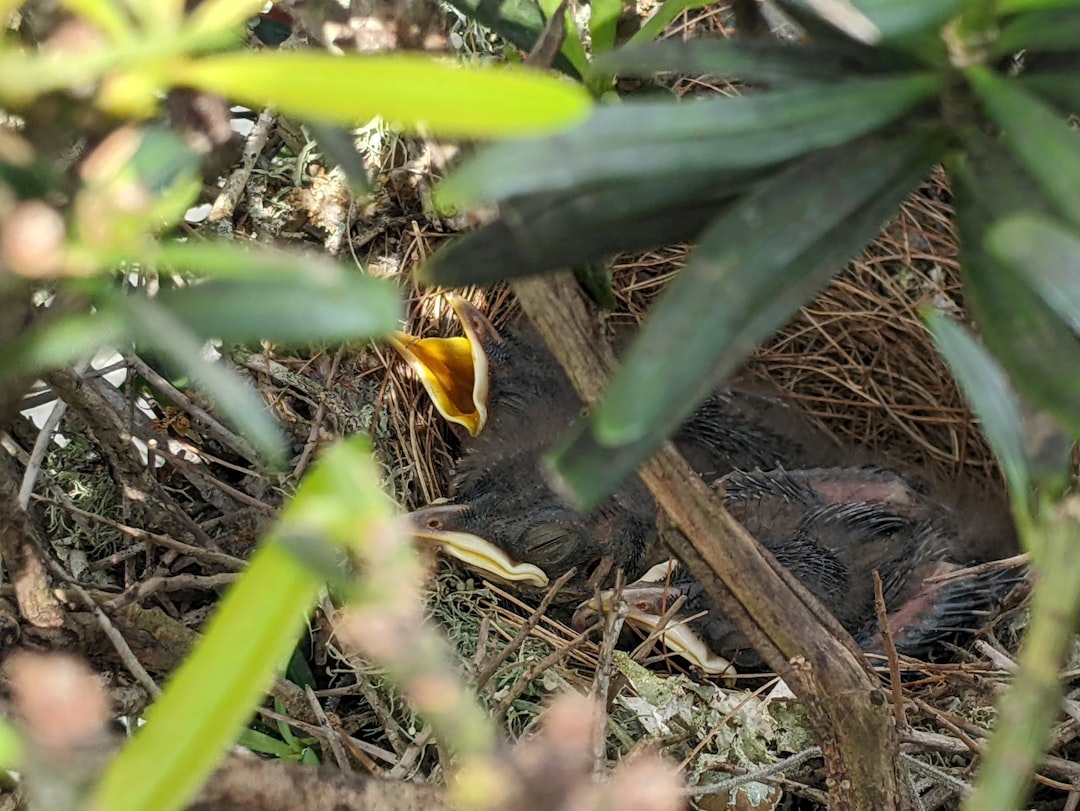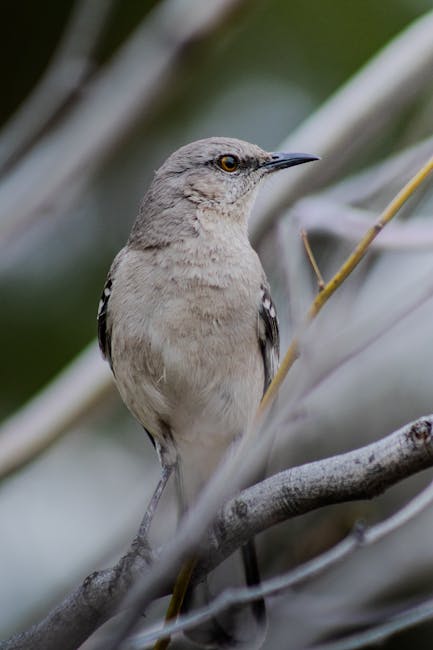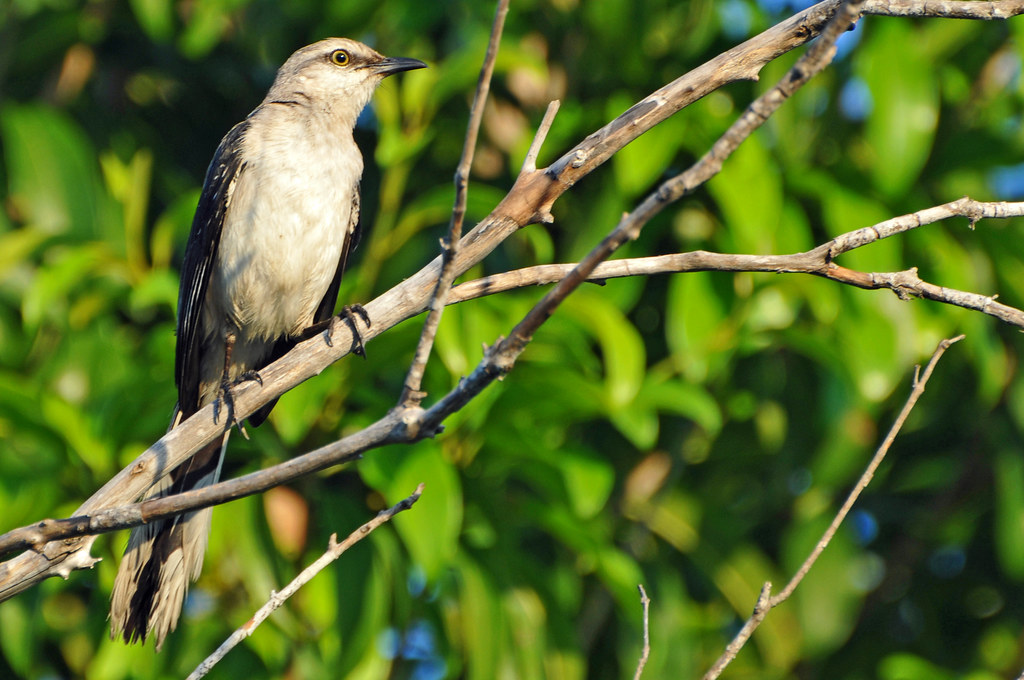Mockingbirds are often found nesting and feeding in vineyards such as the Leach Teaching Gardens. These intelligent birds have a lifespan of up to 12-15 years and exhibit intriguing behaviors, such as learning and passing on knowledge to their offsprings. Notably, Mockingbirds do not usually migrate and generally stay in their neighborhoods as long as there is sufficient food available.

The primary challenge that vineyard operators are faced with concerning mockingbirds is their tendency to feed on grapes. This could lead to crop damage and potentially substantial losses. It is also essential to remember that despite their disruptive behavior, these birds are protected under state and federal laws, including the Migratory Bird Treaty Act of 1918. Therefore, it is paramount to ensure that any deterrent methods do not harm the birds.

One method that vineyard operators have tried as a deterrent is to use nets to keep the mockingbirds out of the vineyards. However, this method of bird control may not always be effective as mockingbirds are intelligent and persistent, therefore might find a way around the netting.
To manage the presence of mockingbirds in vineyards without causing harm, various deterrent methods have been explored. For instance, Fran discusses methods such as using owl decoys and colorful tape. Here's how they work:
The owl decoy method operates as a scare tactic, leveraging the mockingbirds' natural fear of their predators. These decoys are designed with a realistic look to trick the mockingbirds into thinking there is a predatory owl nearby, therefore keeping them away. However, one key to effectiveness is the regular movement and changing of the decoy's location, which helps prevent the mockingbirds from recognizing the decoy's non-threatening nature.
Colorful tape is another simple and harmless solution used to deter Mockingbirds. The bright colors and reflective surfaces may scare away the mockingbirds. The tape is usually tied around the grape vines, and it moves with the wind, creating visual disturbances that can disorient and discourage the birds.

In addition to these deterrent methods, it's also crucial to implement strategies such as removing any potential sources of food and water, and not encouraging nesting by removing nest materials where possible. Furthermore, remember that persistence and patience are key in managing nuisance bird species like mockingbirds. Over time, with the consistent and humane use of scare tactics, the vineyard can become an unattractive destination for these birds.

Immerse yourself in architecture’s most boundary-pushing ideas—where innovative home improvements meet visionary urban developments. Discover new building techniques, materials, and creative concepts that are redefining how we shape our spaces on a global scale.